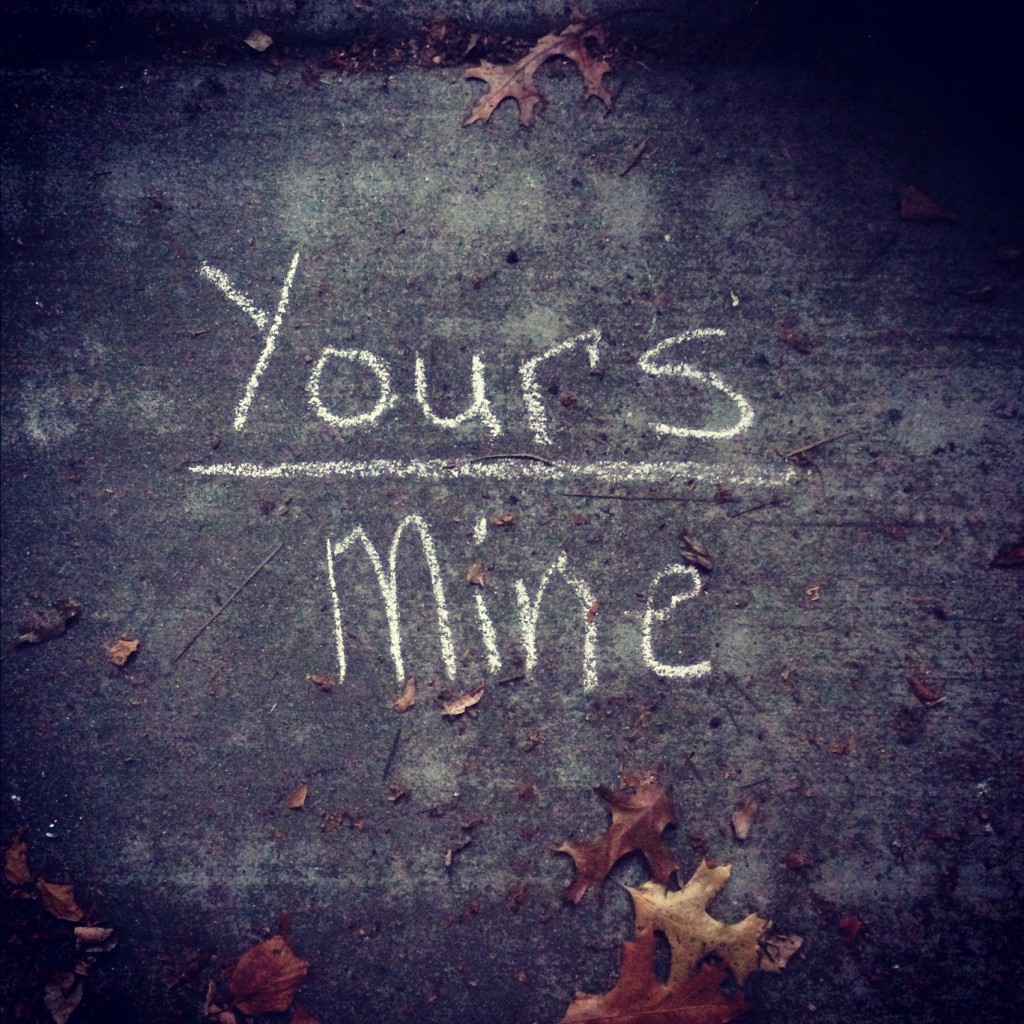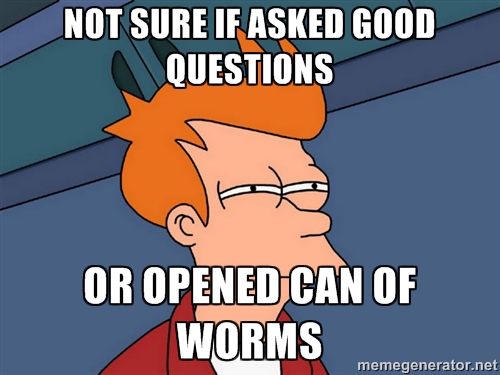Not surprisingly, the issue of intellectual property and ownership of the resulting content is a thorny issue. And truthfully, this is one we have to address even if we don’t deploy a lot of lecture capture. We already have people videotaping classes for faculty. Notre Dame has a fairly well defined IP policy as it relates to instructional content which can be found here: Notre Dame IP Policy
But the devil is in the details. To sum up the way the policy is written, if “substantial use of University facilities and resources” were used, “the tangible works developed (i.e. the website or the video production) are owned by the University, while the creator maintains ownership of the underlying creative content of the materials.” If not, the materials are owned by the creator.

What constitutes substantial?
The debate revolves around whether “substantial use of University facilities or resources (e.g., video production, web-casting, or teleconferencing facilities)” were used to create the content. Five years ago if you wanted to do a video conference you were going to need a Polycom system. Now you can do the same thing with a Google hangout or Skype. The application of that policy can be interpreted much differently today than 5 years ago.
In my case, where does lecture capture fit into that policy? If the infrastructure is there and we’re paying for the service, you can create some very high quality content with little or no input and assistance from me besides the initial training I’d give you at the beginning of the semester. It costs us little or nothing to provide that service, yet it might appear that Notre Dame would retain some ownership of the content based upon one interpretation.
Specific examples are needed here and I suspect the document will need to be updated more frequently than in the past. As the barrier to entry gets lowered, the resources required may no longer be an appropriate yardstick by which to judge ownership. Intent and purpose may be a better guideline.
So exactly what can they do with it?
Assuming the university does have some rights to this content, how can they use it? Could they use the recorded lectures and a TA to teach the class without your involvement? Can they make a MOOC? Could portions of it be re-used in another course? Again, I’d like to see specific agreements about what the university will or will not .
But that’s just one aspect of this issue.
What about student rights? If they appear in the videos, what are their rights? Do we need to get signed releases if we want to re-use the content for an online course? What accommodations need to be made for students that don’t wish to be recorded? Should they be provided with beekeeper hats?
Similar questions arise for events which are open to the public. Do they have rights or need to be notified?
What if a student records a class for review? Who owns that content?

I don’t have any of these answers. I’ve asked our Chief Academic Digital Officer and our General Counsel to come up with some guidelines. They asked me to come up with as many use case scenarios as possible. I’ve done that and it can be found here: Use Case Scenarios.
The list is surely not exhaustive. Please feel free to use and share it. If you have suggestions for improvements or any other input, please let me know.
